Back to the Basics – Investment Management, Income Planning
Retirement Advice: With Strings Attached
Recent drops in the value of the stock market have reminded us that owning stocks may result in side effects. As a long-time investor, you know this. As we often consider the benefits of owning particular investments and financial products, it may be wise to review the strings attached to each. Every coin has two sides and every investment has benefits and costs. Let’s explore some of the most common types of financial products.
1. Stocks: long-term growth
Over long periods of time, stocks tend to outperform most other investments, allowing wealth creation to occur. Additionally, owning stocks allows immediate liquidity. That means you can get access to your money when you want it, without contractual penalty.
…with strings attached
A bearish stock market can easily wipe away many of the gains you’ve experienced. The stock market decline of 1966 took 16 years before the market returned to the level where it left off. In contrast, the 2008 crash took just 5 years. By the way, the 1929 crash required 25 years to return to its pre-crash level! If you needed money during those periods of time, you had access, but you paid stiff costs to “sell low.” This is especially painful for retirees who may need income to pay for necessities.
2. Bonds: consistent income
Loaning money to companies and municipalities in the form of bonds allows investors to receive interest income and also receive their initial investment back when the bond matures. Bonds also receive preference over stocks when companies fail and go out of business.
…with strings attached
Bonds pay a stated interest rate to their owner. As interest rates in the economy rise over time, the value of a lower-paying bond drops commensurate with the rise in interest rates. This means bond holders who must sell their bonds before maturity may not receive their entire initial investment back. The longer the maturity of the bond, the greater the price reduction when interest rates rise. Since we are in historically low interest times, bonds and bond mutual funds are at great risk of losses.
3. CD’s and Bank Savings: safety and access
The ability to access your money quickly is a wonderful attribute of bank savings, making banks tough to beat for emergency fund money and shorter-term expenses. Additionally, the guarantee offered by the FDIC means you don’t have to risk losing the money during difficult economic times.
…with strings attached
Immediate access to money means interest earned is quite low. Money needs time if it is to grow. Reduce the time horizon for investment, and growth is minimized.
4. Annuities: guaranteed protection and income
There are many different types of annuities: fixed, fixed index, and variable, just to name a few. Most annuities are designed to generate income for their owners. By exchanging a lump sum of cash, the annuity owner receives a stream of income payments. This risk exchange allows the owner to generate income to meet retirement income needs that may far exceed the original deposit, regardless of conditions in the economy and the stock market. Think of annuity income much like receiving Social Security and Pension checks.
…with strings attached
For insurance companies to accept the risk that you may outlive your deposit and the interest it has earned and receive a lifetime of income payments, they need a commitment of time. That is, when the owner takes too much money out of the annuity too soon, the money was not able to work as long. The insurance company must charge a fee to the owner called a surrender charge.
As you can see from these examples, every investment and financial product has benefits and costs, pros and cons. Knowing what they are, you’re able to build a plan that takes advantage of the best attributes while minimizing the effect of the strings attached.
One last note: We strive to provide clients with sophisticated and very cost efficient investment accounts. This means they (you) must become comfortable with the strings attached to institutional money management (as opposed to higher cost retail mutual funds). What are those strings, you ask? Longer and more detailed account statements. Yes, we wish your Fidelity statements were shorter and simpler, but the benefits of full disclosure and transparency mean you have to work a bit harder to read your statements. Call us if you need some guidance.


